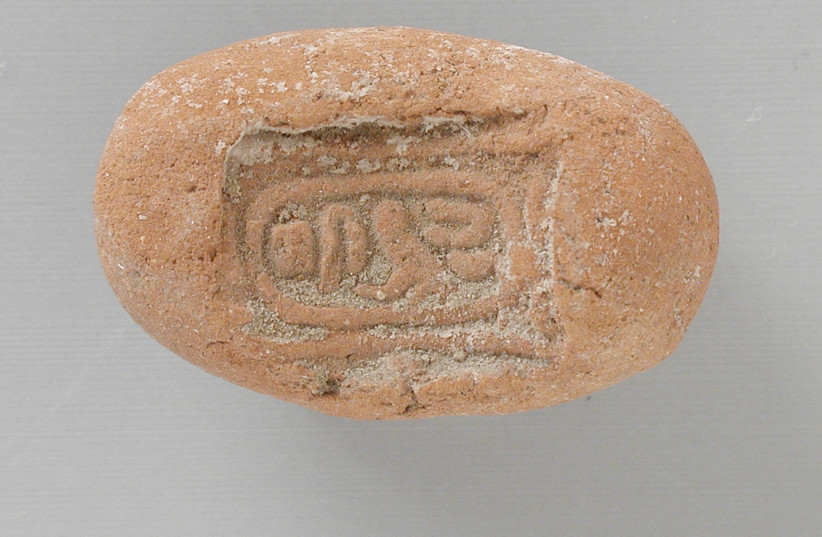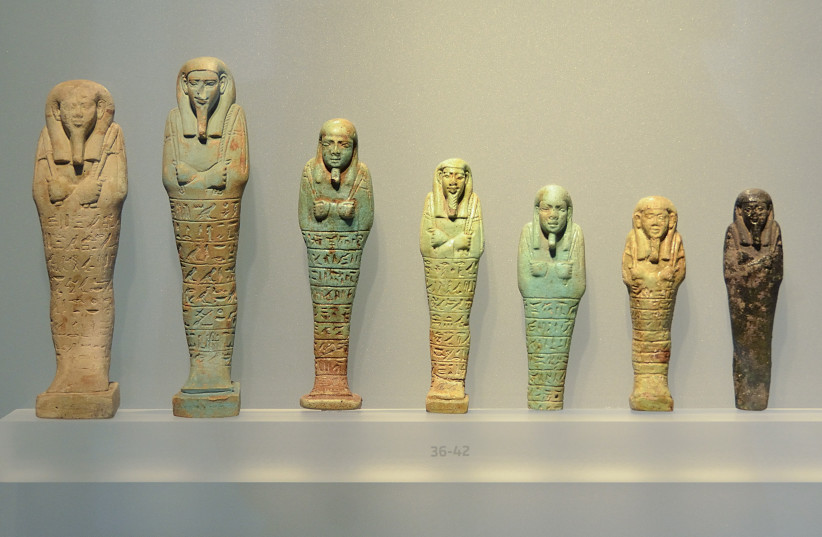20 ancient tombs uncovered at site in northern Egypt
The tombs were found at a massive necropolis, used to bury the dead since nearly 2,500 years ago.
20 ancient tombs dating back to as early as 660 BC were uncovered in the city of New Damietta in Egypt's Nile delta, the country's Tourism Ministry announced on Monday.
The tombs, made of simple pits and mud bricks, were discovered at the Tell El Deir archaeological site. The Tell El Deir site is a massive necropolis, used to bury the dead throughout different eras of history, starting with the 26th Dynasty and through the Greek, Roman and Byzantine eras.
Mostafa Waziri, secretary-general of the Supreme Council of Antiquities, noted that the findings provide an important scientific and archaeological discovery for the history of the area.
Tremendous Discovery of 20 ‘New’ Tombs at Tell El Deir in Egypt.
Golden chips used to cover the remains were found in the tombs as well, in the forms of the Egyptian deities Isis, Heqat and Bastet, as well as in the form of the eye of Horus and Horus in the form of a falcon.

A range of different funerary amulets, including scarabs, the two feathers of Amun and a number of deities, were found in the tombs as well. Miniature models of canopic vessels used to hold the organs of the dead and statues of the four sons of Horus were also found in the tombs.
Ayman Ashmawy, head of the Egyptian antiquities sector at Egypt's Supreme Council of Antiquities, said that the tombs may date back to the 26th Dynasty, as the style of the tombs and the objects found inside them were common in that era.
Reda Salih, the director of the Damietta Antiquities District, noted that the archaeological mission working at the site is continuing its efforts as there are still many layers of sand to uncover at the necropolis.
Previous discoveries at Tell El Deir
In previous years, the mission found the tombs of other civilizations present in Egypt throughout history, including the Greeks and Romans, at the Tell El Deir site.
In 2019, archaeologists working at the site found gold coins from the Byzantine era and ushabti funerary figurines bearing the royal seal of Psamtik II, a pharaoh of the 26th Dynasty.
The figurines included amulets of scarabs, the eye of Horus, the knot of Isis (tyet) and deities such as Isis, Nephthys, Taweret and Horus.
Archaeologists have also discovered limestone coffins, some of which depicted the faces of the deceased, at the site in the past.
The discovery comes just over a month after archaeologists found a tunnel which may lead to the lost tomb of the Egyptian Queen Cleopatra at the Taposiris Magna Temple, west of Alexandria in Egypt.


No comments:
Post a Comment
Stick to the subject, NO religion, or Party politics